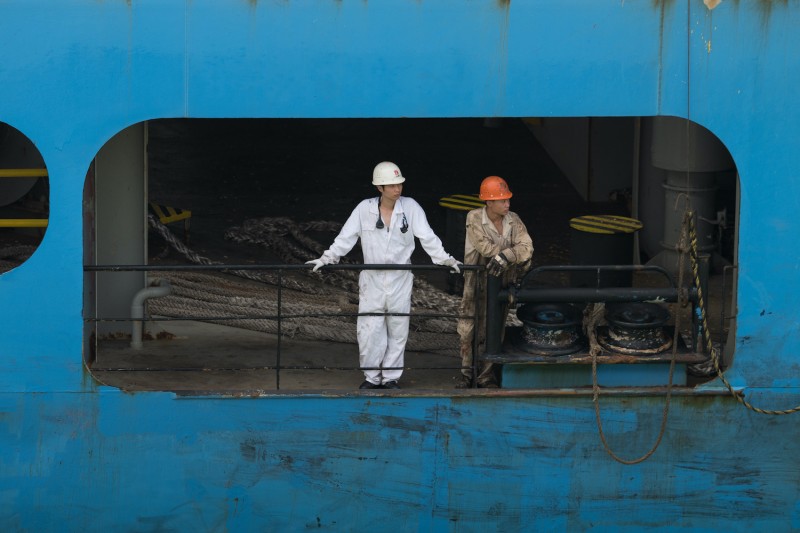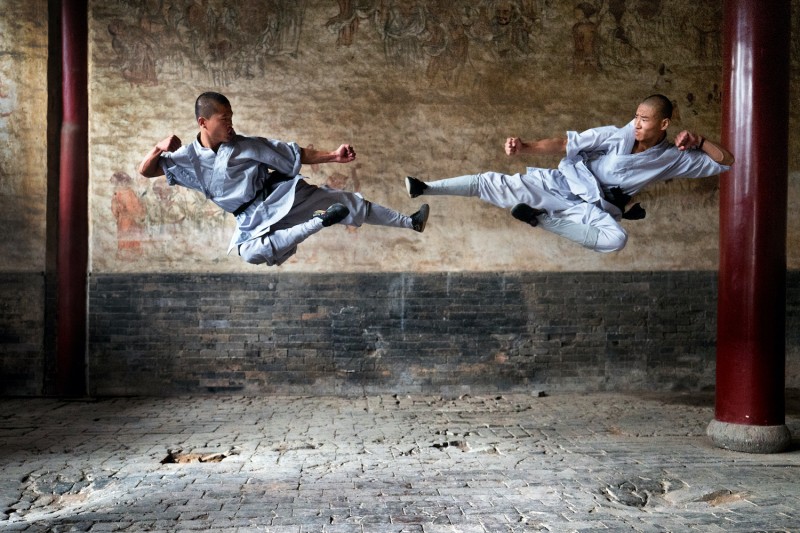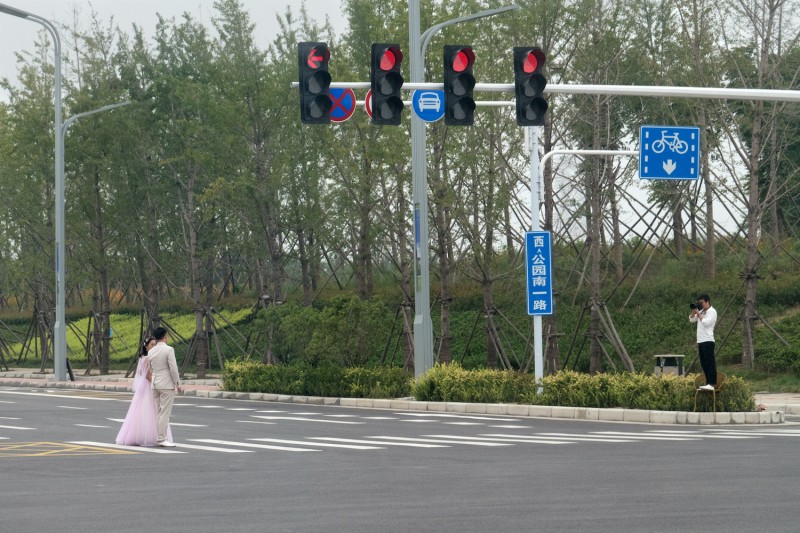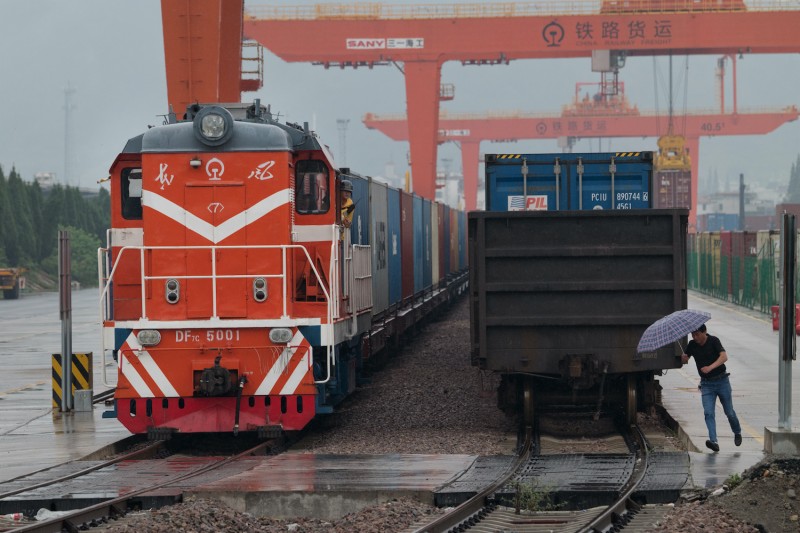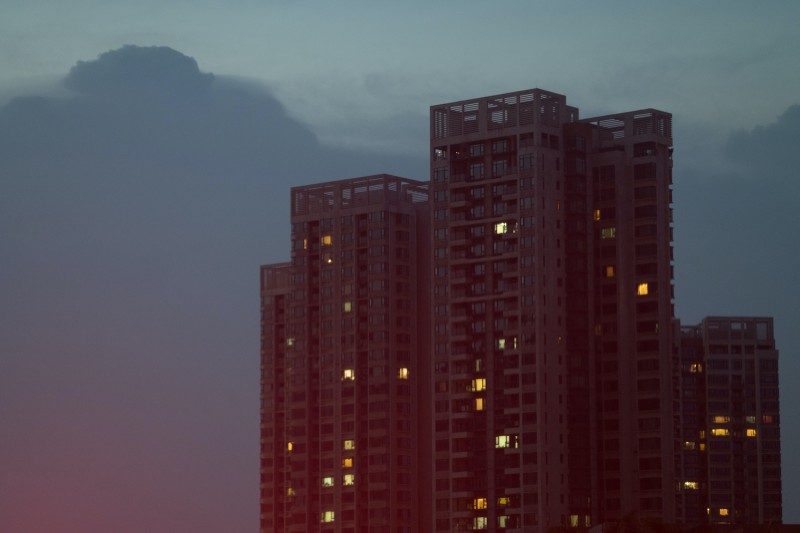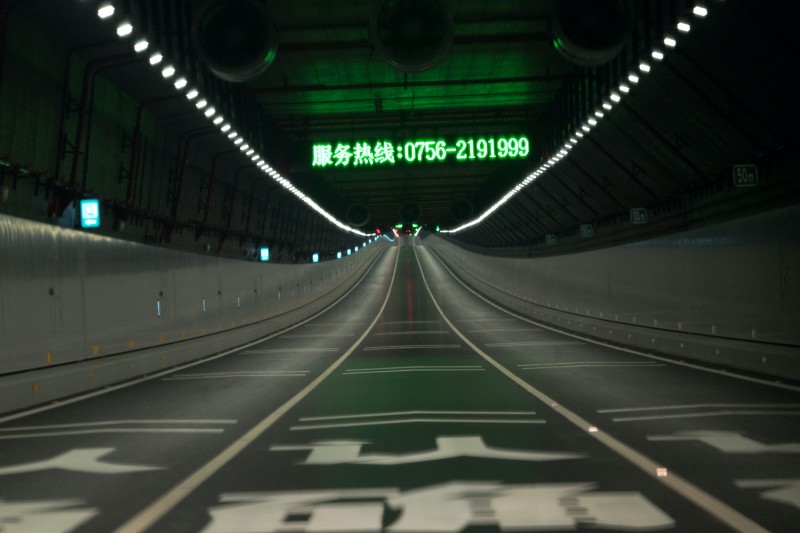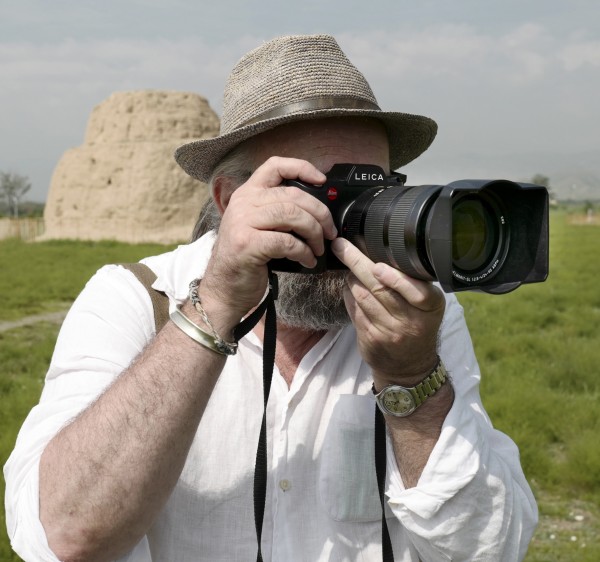One Belt, One Road
One Belt, One Road
Dominique Laugé
March 12, 2020
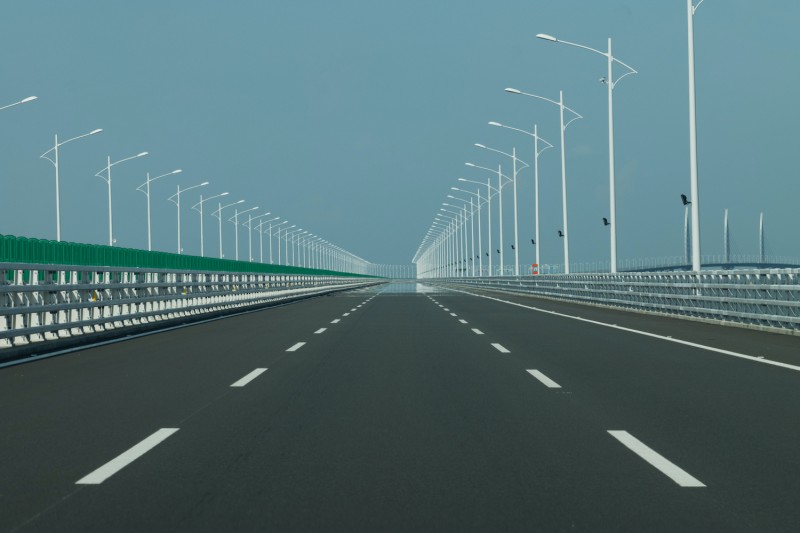
Dominique Laugé: This gigantic project, created in 2013 by President Xi Jinping, aims to set up land routes – “belt” – connecting China and Europe via Central Asia, and create sea routes – “road” – linking China to harbours of East Africa and the Mediterranean. Of course, the initiative was at the origin of a time of great change in China itself. Dry docks and railroad hubs are being built, new highways are under construction and internal air travel connections grow so fast that airports are sprouting in every remote corner of China.
How did your project start and how did it unfold over time?
2017 was the year dedicated to preparing the trip with the precious help of the CPAFFC (Chinese People’s Association for Friendship with Foreign Countries), which provided the logistics for the trip in China. In the summer of 2018, we travelled throughout the country, from the border of Kazakhstan all the way to Hong Kong.
The common thread was to translate into images every place where people meet and interact: physical and symbolic bridges, bus and railway stations, inland and sea ports, airports, administrations and companies. From the Helanshan petroglyphs to Wuhan street art, from the traditional Longjing tea ceremony to the global restaurants in Yiwu, from traditional medicine in Hangzhou to robots analysing pathologies in Yinchuan’s smart cities, I had a unique opportunity to photograph a country in full mutation, often unknown to the Western public.
What was your photographic approach?
There are many different ways to look at a country. My preferred approach is that of a candid wanderer rather than that of a photojournalist or investigator. My aim is to help the viewer understand the complex code of everyday life in a foreign world. This delicate and often misunderstood attempt to show a society without judging or applying a conceptual screen to its reality is, in fact, the core of my work in China.
What did you learn during your photographic journey through China?
I have quite a long relationship with China, as my brother was living in Hong Kong for many years. I've made numerous trips there, starting in 2012 with a first journey into the Taklamakan desert in Xinjiang province. This initial photographic trip took me into the heart of a fast-growing country, which has the ambition of becoming the leading economic power in the world.
As a photographer, it is a challenge to show the complex relationship between age-old traditions and a modern, globalized, fast-moving society. As my friend Alain Jouffray would say: “In China the past is alive and the future is now”. I now have friends all over the country, many of whom have helped with some part of the project. I am grateful and wish the best to each one of them.
Dominique Laugé+-
Dominique Laugé was born in La Rochelle in 1958 and studied literature at the University of Bordeaux. Between 1982 and 1984 he followed courses at the Brooks Institute of Photography in Santa Barbara, California, where he also studied the zone system under Bob Werling and Ansel Adams. From 1985 onwards he worked as a professional photographer. In 1986 he moved to Milan where he stayed till 2005, the year of his return to France. Today he works on many editorial projects and produces images for exhibitions around Europe. Since 2010 he has been organizing the International Photography Residency Prize of The Fondation des Treilles under the presidency of Maryvonne de Saint Pulgent. He lives between Paris, Gaillac and Milan. More


